Blog
Jewellok is a professional pressure regulator and valve manufacturer and supplier.
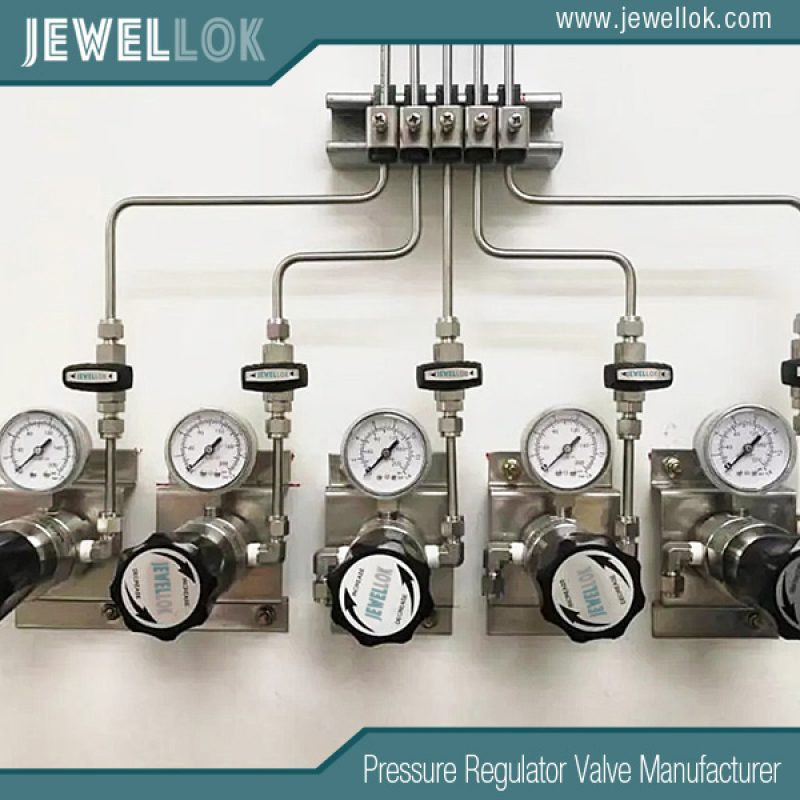
Medical Gas Changeover System: Ensuring Uninterrupted Life-Saving Gas Supply in Healthcare
- Pressure Regulator Valve Manufacturer
- 1 1 2 gas pressure regulator, 1 2 gas regulator, 1 2 propane regulator, 1/2 gas pressure regulator, 12v electric valve, adjustable low pressure propane regulator, adjustable propane pressure regulator, adjustable propane regulator, air compressor non return valve, argon gas pressure regulator, argon hose connector, automatic switching valve, electric water valve, gas manifold system, gas pipeline valve, gas pipeline valves, gas regulator, gas semiconductor, high flow co2 regulator, high pressure argon regulator, high purity regulator, high purity regulators, high purity valves, humming propane regulator, industrial regulators, laboratory gas valves, low pressure gas regulator, low pressure regulator, medical gas changeover manufacturer, medical gas changeover market, medical gas changeover supplier, Medical gas changeover system, oxygen regulator gauge, pressure regulator, pressure relief valve vs safety valve, pressure safety valve vs relief valve, propane adjustable pressure regulator, propane pressure regulator valve, safety or relief valves, safety valve and relief valve, safety valve and relief valve difference, safety valve vs pressure relief valve, second stage propaneregulator, single stage pressure regulator, stainless pressure regulator, two stage pressure regulator, valve timer water, what is a flame arrestor, what is a gas pressure regulator
- No Comments
Medical Gas Changeover System: Ensuring Uninterrupted Life-Saving Gas Supply in Healthcare
In healthcare facilities, where the continuous availability of medical gases like oxygen, nitrous oxide, and medical air is critical to patient care, medical gas changeover systems are indispensable. These systems, often referred to as medical gas manifolds, automatically switch between gas cylinder banks or sources when the primary supply depletes, ensuring uninterrupted flow to operating rooms, intensive care units (ICUs), and patient wards. The reliability of these systems is paramount, as even a brief interruption in gas supply could jeopardize patient lives during procedures like anesthesia, ventilation, or surgery. According to the World Health Organization, medical oxygen is an essential medicine, and its uninterrupted supply was critical during the COVID-19 pandemic, highlighting the importance of robust gas changeover systems.
This 2000-word article provides a comprehensive exploration of medical gas changeover systems, covering their definition, functionality, components, types, applications, safety features, installation, maintenance, regulatory standards, emerging trends, and practical considerations for healthcare facilities. Aimed at hospital administrators, biomedical engineers, and facility managers, this guide will help ensure the selection and operation of systems that meet stringent safety and performance requirements.

What Is a Medical Gas Changeover System?
A medical gas changeover system is a specialized manifold designed to manage the supply of medical gases, such as oxygen (O2), nitrous oxide (N2O), medical air, carbon dioxide (CO2), and nitrogen (N2), in healthcare settings. It connects multiple gas cylinders or bulk tanks to a single outlet, automatically switching from a depleted primary source to a reserve source to maintain continuous delivery. These systems are typically installed in centralized gas storage areas and connected to a hospital’s piping network, which distributes gases to points of use like operating theaters, ICUs, and patient rooms.The primary function is to ensure a seamless gas supply while maintaining consistent pressure and purity, critical for patient safety. Unlike industrial manifolds, medical gas changeover systems adhere to strict regulatory standards, such as NFPA 99 (USA) and HTM 02-01 (UK), to ensure compliance with healthcare requirements. They incorporate advanced safety features to prevent contamination, leaks, or pressure failures, making them a cornerstone of hospital infrastructure.Historical ContextMedical gas systems evolved from simple cylinder setups in the early 20th century to sophisticated manifolds by the 1980s, driven by advancements in automation and safety regulations. The increased demand for oxygen during global health crises, such as pandemics, has further underscored their importance, with modern systems integrating digital monitoring for enhanced reliability.
How Does a Medical Gas Changeover System Work?
The operation of a medical gas changeover system is a blend of mechanical precision and electronic automation, designed to ensure uninterrupted gas delivery. Here’s a step-by-step breakdown:Core Components
- Cylinder Banks: Groups of cylinders divided into primary (active) and reserve banks, connected via headers.
- Pigtails/Hoses: Flexible, high-pressure hoses with check valves to prevent backflow.
- Isolation Valves: Allow individual cylinders to be shut off for replacement.
- Pressure Transducers/Sensors: Monitor cylinder and outlet pressures.
- Changeover Valve: The mechanism (mechanical or solenoid) that switches between banks.
- Regulators: Maintain consistent outlet pressure (e.g., 4-5 bar for hospital pipelines).
- Control Panel: Displays pressure levels, alarms, and system status, often with digital or remote monitoring.
- Safety Relief Valves: Vent excess pressure to prevent system damage.
- Filters: Remove impurities to maintain gas purity, critical for medical applications.
- Alarms: Audible, visual, or digital alerts for low pressure or system faults.
Operational Process
- Setup and Configuration: Cylinders are connected to the manifold via pigtails, with the primary bank set as the active source. The system is pressurized to the required outlet pressure (e.g., 4 bar for oxygen).
- Normal Operation: Gas flows from the primary bank through the manifold, regulators, and hospital piping to points of use. Pressure sensors monitor cylinder levels continuously.
- Low-Pressure Detection: When the primary bank’s pressure drops below a preset threshold (e.g., 50-100 psi), sensors trigger the changeover mechanism.
- Automatic Switching: The changeover valve shifts to the reserve bank, ensuring continuous flow. This transition is seamless, with no disruption to downstream equipment.
- Alarm Activation: Audible or visual alarms (e.g., buzzers, LED lights) alert staff to replace the depleted cylinders. Advanced systems send notifications via SMS or hospital building management systems (BMS).
- Cylinder Replacement and Reset: Staff replace empty cylinders, reset the system, and designate the new bank as the reserve. The cycle repeats.
- Safety Monitoring: Relief valves prevent over-pressurization, filters maintain purity, and check valves avoid backflow.
This process ensures that critical medical gases remain available 24/7, with minimal human intervention in fully automatic systems.
Types of Medical Gas Changeover Systems
Medical gas changeover systems are classified based on automation level, capacity, and gas type. Below are the primary types:1. Manual Changeover Systems
- Description: Basic systems requiring operators to monitor gauges and manually switch valves when the primary bank depletes.
- Features: Pressure gauges, manual valves, low cost.
- Applications: Small clinics or low-demand areas like outpatient facilities.
- Advantages: Affordable, simple maintenance.
- Disadvantages: Labor-intensive, risk of human error or downtime.
- Semi-Automatic Changeover Systems
- Description: Automatically switch to the reserve bank but require manual reset after cylinder replacement.
- Features: Pressure switches, alarms, dual regulators for smooth transitions.
- Applications: Medium-sized hospitals with moderate gas demand, such as general wards.
- Advantages: Reduces monitoring, quick response.
- Disadvantages: Still requires some intervention.
- Fully Automatic Changeover Systems
- Description: Fully automated, handling switching and reset without human input.
- Features: Digital control panels, remote monitoring, integrated alarms.
- Applications: Large hospitals, ICUs, and operating theaters with high gas demand.
- Advantages: Continuous operation, minimal error, ideal for critical care.
- Disadvantages: Higher cost, power-dependent.
- High-Purity Changeover Systems
- Description: Designed for ultra-high purity (UHP) gases like medical oxygen, using electropolished stainless steel components.
- Features: Low dead volume, particle filters, high leak integrity.
- Applications: Sterile environments like operating rooms or pharmaceutical labs.
- Advantages: Prevents contamination, meets stringent purity standards.
- Disadvantages: Expensive, specialized maintenance.
- Wall-Mounted vs. Floor-Standing Systems
- Wall-Mounted: Compact, space-saving for smaller facilities.
- Floor-Standing: For high-capacity setups with large cylinder banks.
Hospitals typically use fully automatic or high-purity systems for critical gases like oxygen, with manual systems as backups.
Applications of Medical Gas Changeover Systems
Medical gas changeover systems are integral to healthcare, supporting a range of critical functions:
- Operating Theaters: Supply oxygen and nitrous oxide for anesthesia and surgical procedures, where uninterrupted flow is vital.
- Intensive Care Units (ICUs): Provide oxygen for ventilators and respiratory support, critical during emergencies like respiratory failure.
- Patient Wards: Deliver medical air and oxygen for routine patient care, such as nebulizers or oxygen therapy.
- Emergency Rooms: Ensure rapid access to gases during trauma or cardiac events.
- Laboratories and Pharmacies: Supply nitrogen or CO2 for analytical equipment or drug production, requiring high purity.
- Dental Clinics: Provide nitrous oxide for sedation in minor procedures.
- Hyperbaric Chambers: Deliver high-pressure oxygen for wound healing or decompression therapy.
These applications highlight the systems’ role in maintaining patient safety and operational efficiency.
Benefits of Medical Gas Changeover Systems
Medical gas changeover systems offer numerous advantages:
- Uninterrupted Supply: Automatic switching prevents disruptions, critical for life-saving applications.
- Safety: Reduces manual handling, minimizing exposure to high-pressure gases.
- Efficiency: Automates gas management, reducing labor and optimizing cylinder use.
- Purity Maintenance: Filters and UHP designs ensure contamination-free gas delivery.
- Cost Savings: Minimizes downtime and gas waste, lowering operational costs.
- Compliance: Meets stringent standards like NFPA 99, ensuring regulatory adherence.
- Scalability: Systems can be expanded for growing facilities.
These benefits make changeover systems indispensable in healthcare.
Safety Features of Medical Gas Changeover Systems
Safety is the cornerstone of medical gas changeover systems, given the critical nature of their applications. Key safety features include:
- Automatic Changeover: Ensures continuous supply, preventing life-threatening interruptions.
- Pressure Relief Valves: Vent excess pressure to avoid cylinder rupture or system damage.
- Check Valves: Prevent backflow, avoiding contamination or gas mixing.
- Audible/Visual Alarms: Alert staff to low pressure, changeover events, or faults, with digital notifications in advanced systems.
- Purge Systems: Flush lines during cylinder changes to remove air or moisture, maintaining purity.
- Filters: Remove impurities, critical for UHP gases like oxygen.
- Isolation Valves: Allow safe cylinder replacement without shutting down the system.
- Redundancy: Backup banks or manifolds ensure fail-safe operation.
These features align with standards like NFPA 99 and ISO 7396, ensuring patient and staff safety.
Installation of Medical Gas Changeover Systems
Proper installation is critical for safety and performance:
- Site Selection: Choose a well-ventilated, secure room away from ignition sources, per NFPA 55.
- Mounting: Secure wall-mounted or floor-standing manifolds, ensuring accessibility.
- Cylinder Connection: Use pigtails with check valves; label banks clearly.
- Piping: Connect to hospital pipelines with regulators and filters, using stainless steel for corrosion resistance.
- Electrical Setup: Wire alarms and controls to hospital BMS for monitoring.
- Testing: Conduct pressure and leak tests, simulate changeover, and verify alarms.
- Training: Educate staff on operation and emergency procedures.
Professional installation by certified technicians ensures compliance with standards like HTM 02-01.
Maintenance of Medical Gas Changeover Systems
Regular maintenance preserves system reliability:
- Daily Checks: Monitor pressure gauges and alarms.
- Weekly Inspections: Check pigtails, valves, and filters for wear.
- Monthly Tests: Verify changeover function and clean filters.
- Annual Servicing: Calibrate sensors, pressure test, and replace worn components.
- Cylinder Management: Rotate and replace cylinders promptly, ensuring proper labeling.
Maintenance logs are required for compliance with NFPA 99 and ISO 7396.
Regulatory Standards for Medical Gas Changeover Systems
Systems must adhere to strict standards:
- NFPA 99 (USA): Mandates automatic changeover, alarms, and relief valves for medical gas systems.
- HTM 02-01 (UK): Specifies design, installation, and maintenance requirements.
- ISO 7396: International standard for medical gas pipelines, emphasizing safety features.
- CGA V-1: Ensures proper cylinder connections to prevent misconnections.
- FDA: Regulates gas purity for medical use.
- OSHA 1910.101: Governs safe handling of compressed gases.
Certifications from UL or CE validate compliance.
Emerging Trends in Medical Gas Changeover Systems
The industry is advancing:
- IoT Integration: Remote monitoring via apps or BMS for real-time alerts.
- High-Purity Designs: Electropolished stainless steel for sterile environments.
- Sustainability: Low-energy electronics and recyclable materials.
- Modular Systems: Scalable designs for expanding hospitals.
- AI-Powered Maintenance: Predictive analytics to prevent failures.
These trends enhance reliability and efficiency in healthcare settings.
Practical Tips for Selecting a Medical Gas Changeover System
To choose the right system:
- Assess Gas Demand: Calculate flow rates (e.g., 200 L/min for oxygen) and cylinder capacity.
- Automation Level: Fully automatic for critical areas like ICUs.
- Material: Stainless steel for UHP gases.
- Supplier: Select reputable brands like Amico, Pattons Medical, or Air Liquide.
- Budget: Balance upfront cost with long-term savings from automation and efficiency.
Consult biomedical engineers for tailored solutions.
Case Studies
- Large Hospital (USA): A fully automatic manifold with IoT monitoring ensured uninterrupted oxygen supply during a COVID-19 surge, reducing downtime by 98%.
- Surgical Center (UK): High-purity manifold for nitrous oxide met HTM 02-01 standards, ensuring sterile delivery.
- Rural Clinic (India): Semi-automatic system provided cost-effective oxygen supply, improving patient outcomes.

Conclusion
Medical gas changeover systems are vital for ensuring a continuous, safe supply of life-saving gases in healthcare facilities. From automatic switching and pressure regulation to advanced safety features like alarms and purge systems, these manifolds prevent disruptions and protect patients. Compliance with standards like NFPA 99 and ISO 7396, along with proper installation and maintenance, ensures reliability. Emerging trends like IoT integration and sustainable designs promise even greater efficiency. By selecting a system tailored to gas demand, automation needs, and budget, hospitals can safeguard patient care and operational success. Invest in a high-quality medical gas changeover system to ensure your facility delivers uninterrupted, compliant gas supply for critical care.
For more about medical gas changeover system: ensuring uninterrupted life-saving gas supply in healthcare, you can pay a visit to Jewellok at https://www.jewellok.com/ for more info.
Recent Posts
How Does the Two-Stage Nitrogen Regulator Work?
How Does a Single-Stage Oxygen Regulator Work?
What is Exhaust Gas Cleaning System?
How Does A Low-Pressure Back Pressure Regulator Work?
How Does An Oxygen Gas Changeover Manifold Work?
How Does An Argon Gas Changeover Manifold Work?
How Does A Helium Gas Changeover Manifold Work?
How Does A Carbon Dioxide Gas Changeover Manifold Work?
How Does A Nitrogen Gas Changeover Manifold Work?
Tags
Recommended Products
-
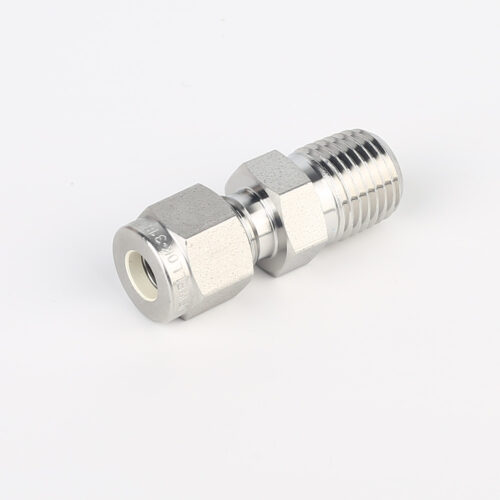
768L Stainless Steel Male Tube Butt Weld Connector | Clean Weld Fittings And Ultra-High Purity Fittings
-
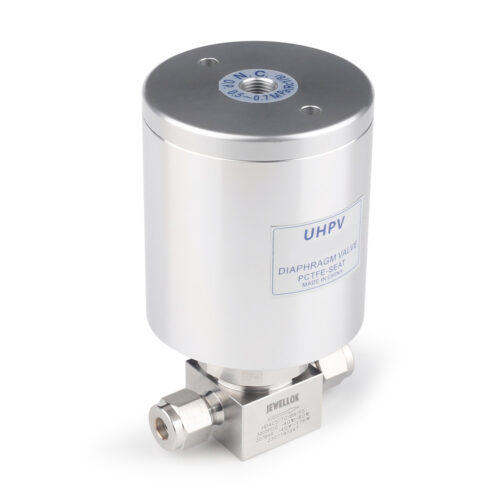
High Pressure High Temperature Pneumatic Ultrahigh Purity Stainless Steel Diaphragm Valves
-
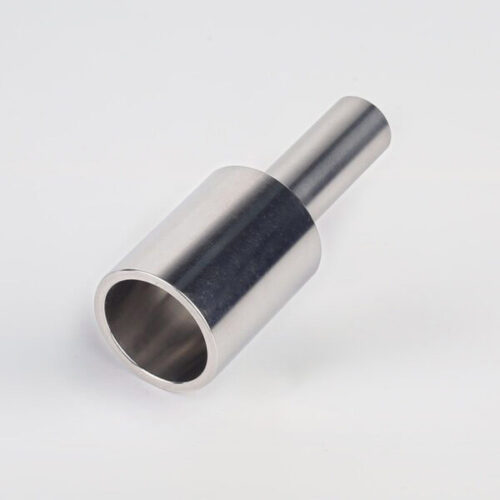
316L Stainless Steel Tube Butt Weld Reducing Fittings Union Reducer RW Series Ultrahigh Purity Process
-
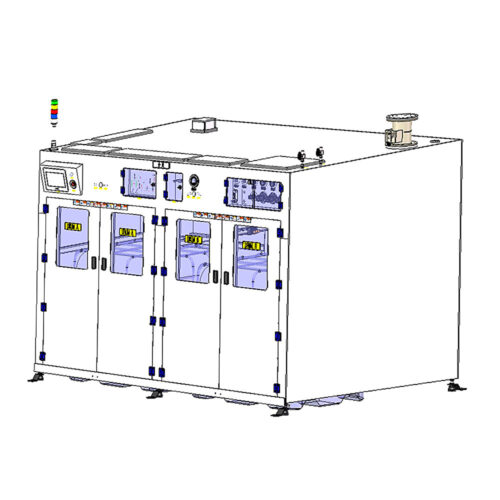
Scrubber Gas Cabinet Scrubber Tail Gas Treatment Cabinet Vent Gas Scrubber System Heat-Filter Burn Box Gas Scrubber/Abatement System
-
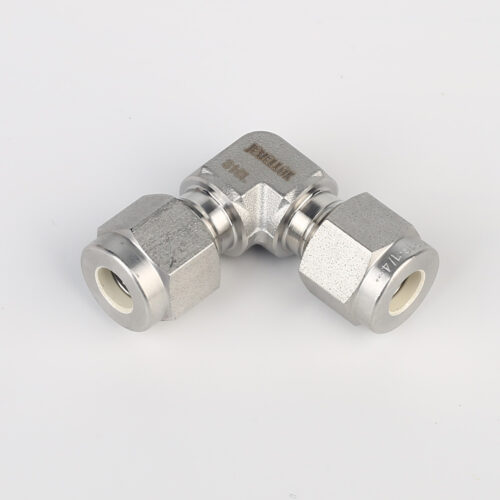
765L Stainless Steel Union Elbow Reducing High Purity Fitting Tubing Extension Tubing Connection
-
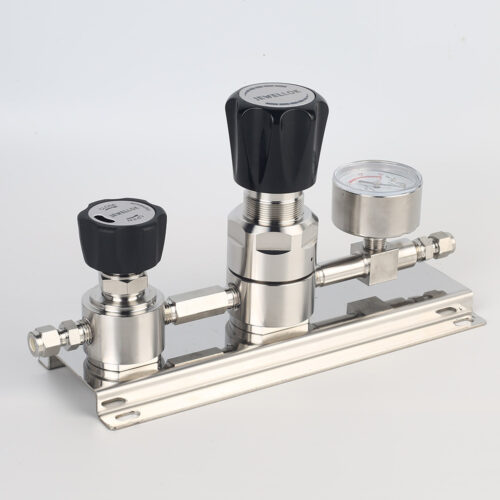
High Purity High Flow Pressure Control Regulators & Valves Gas Stick Assemblies JSR-2TG Series
-
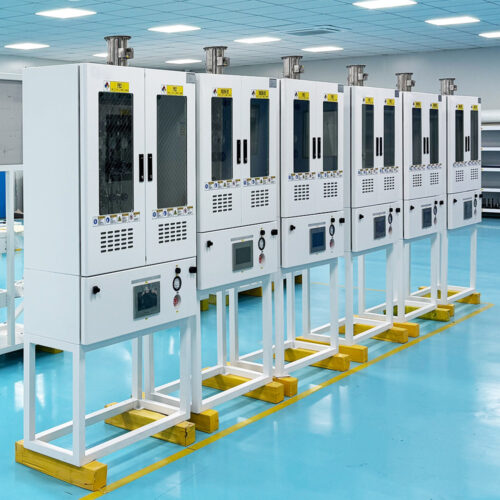
VMB Valve Manifold Panels And Boxes High Purity Configurable Systems JW-200-VMB & JW-100-VMB
-
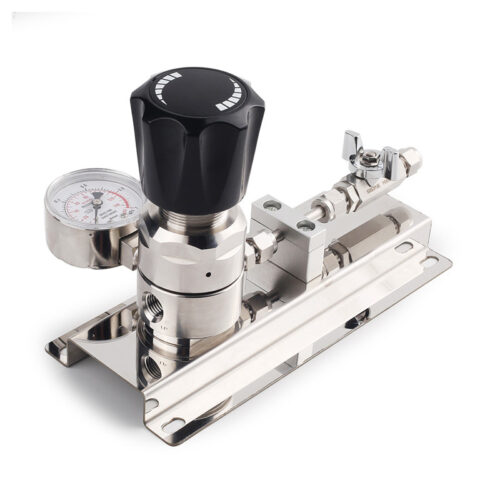
Ultra High Purity Stainless Steel Compressed Gas Changeover Manifold Panel System For Integrated Gas Supply System